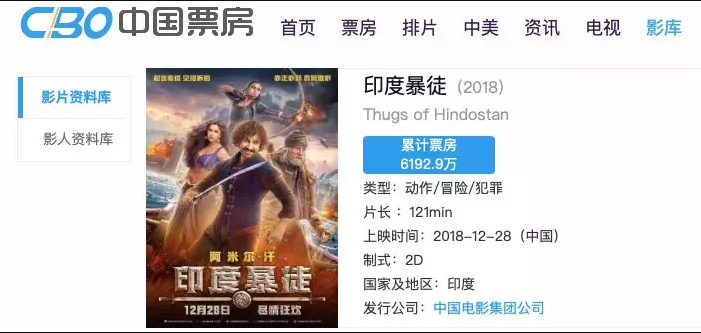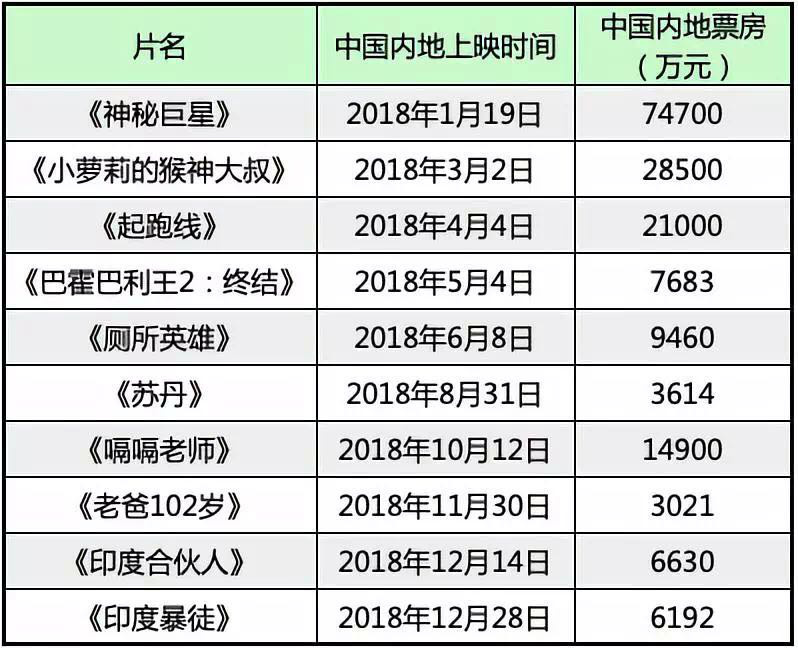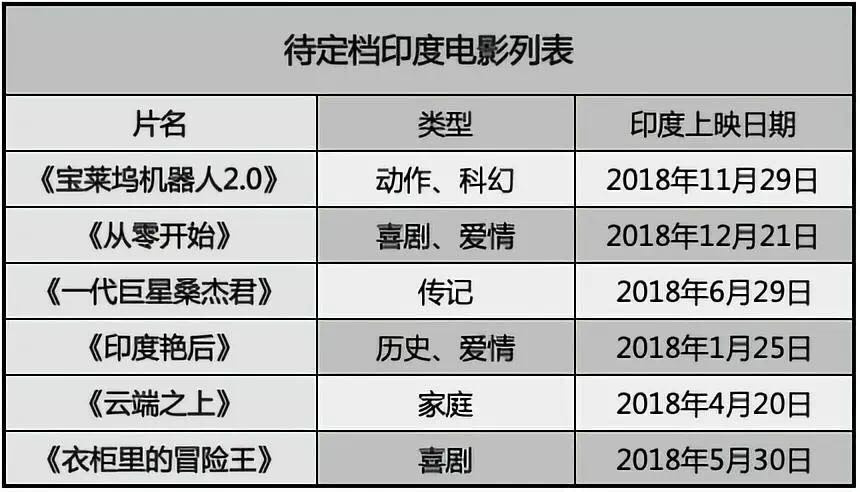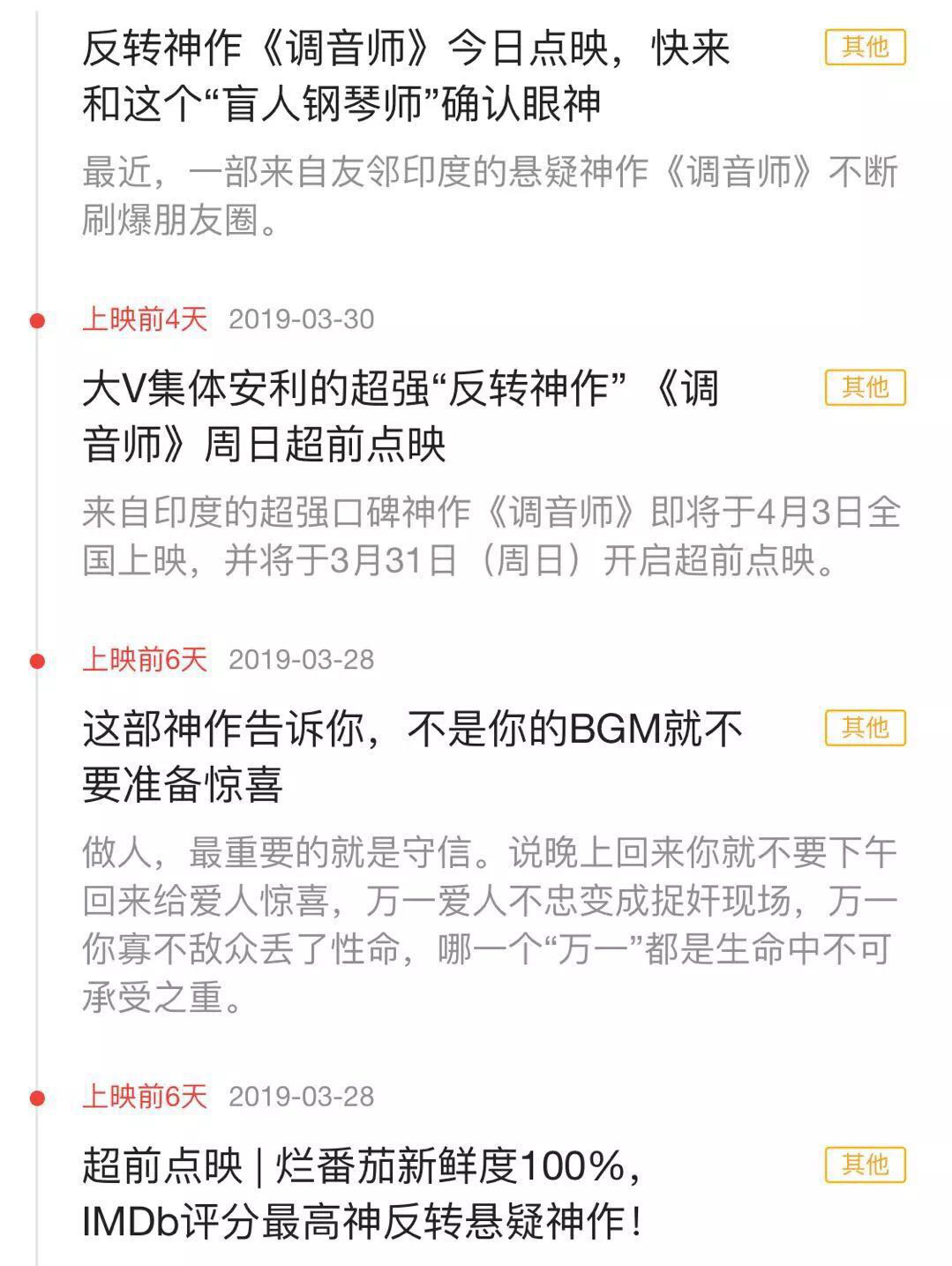Promote the intensive green development of urban space.
Building a beautiful China is an important goal of building a socialist modern country in an all-round way. The Opinions of the Central Committee of the Communist Party of China and the State Council on Comprehensively Promoting the Construction of Beautiful China released in January this year pointed out that to comprehensively promote the construction of beautiful China, we must speed up the green transformation of development mode, emphasizing "strictly controlling the development boundaries of cities and towns and promoting the intensive green development of urban space". New urbanization is the only way to modernization. To build a harmonious and symbiotic modernization between man and nature, we must thoroughly implement the supreme leader’s ecological civilization thought, lay a good combination of rule of law, market, science and technology and policy, and coordinate the three layouts of production, life and ecology in accordance with the development requirements of "intensive and efficient production space, moderate living space and beautiful ecological space", so as to promote the intensive and green development of urban space and support high-quality development with high-quality ecological environment.
1. Strengthen the protection of the rule of law and improve the urban spatial development planning.
Guarantee the green development of urban space by the rule of law. We must improve the management system of natural resources assets and the control system of land and space use. Urban spatial structure is directly related to the development quality of new urbanization. To promote the intensive green development of urban space, we should put the adjustment of spatial structure in an important position, establish the concept of "smart growth" and "compact city", adhere to intensive development, strengthen the construction of relevant laws, regulations, standards and systems, improve the utilization efficiency of urban construction land, and promote the transformation of urban development from extension expansion to connotation promotion. The urban development boundary is a regional boundary that focuses on urban development and construction, improves urban functions and improves spatial quality, and is an insurmountable red line for adjusting economic structure, planning industrial development and promoting new urbanization. We must strictly implement the relevant requirements of urban development boundaries according to law, make overall arrangements for urban construction land, strictly control new construction land, strictly regulate the whole cycle management of urban development boundaries, increase the vitality of existing sites, and promote high-quality urban development.
Guarantee the green life of urban residents by the rule of law. Urban development should grasp the internal relations among production space, living space and ecological space, and realize intensive and efficient production space, moderate livable living space and beautiful ecological space. A large population and a small land are the basic national conditions of our country. In the process of promoting new urbanization, we must consider the carrying capacity of population, resources and environment as a whole when using land resources, handle the relationship between urban production, life and ecology, optimize the spatial layout of cities by strengthening legislation, and enhance the livability of cities. Scientifically plan the proportion of industrial land and residential land in urban construction land and establish a spatial planning system. When making spatial planning and town planning, we should listen to the opinions of the masses and respect the opinions of experts. After the planning is formed, it must be determined through legislation. Strengthen the popularization of People’s Republic of China (PRC) Environmental Protection Law, People’s Republic of China (PRC) Law on Prevention and Control of Environmental Pollution by Solid Wastes and other laws and regulations, and guide the citizens to consciously resist environmental pollution and ecological destruction, and create a green life together.
Protecting the urban ecological environment by the rule of law. Cities and towns are important carriers of modernization, as well as places with the densest population and the most concentrated pollution discharge. The new urbanization not only pursues economic goals, but also pursues ecological goals, emphasizing the harmonious coexistence between man and nature. We must adhere to the rule of law, put the protection of urban ecological environment in a more prominent position, coordinate the integrated protection and systematic management of mountains, rivers, fields, lakes, grass and sand, and form a harmonious urban ecological space between man and nature. We will implement the strictest eco-environmental protection system of above-ground and underground, land and sea as a whole, and regional linkage, promote legislative work such as the land and space planning law, and rationally limit economic and social activities in space. Control the intensity of urban development in accordance with the law, delimit the water protection line, green space system line, infrastructure construction control line, historical and cultural protection line, permanent basic farmland and ecological protection red line, promote the compact development of cities and towns and save intensive land, and form a green and low-carbon production and life style and urban construction and operation mode. In-depth implementation of the main functional area strategy, strengthen law enforcement supervision and protection and restoration, to ensure that the function does not decrease, the nature does not change.
2. Give play to the role of the market and release the new vitality of urban spatial development.
Accelerate the construction of a unified national market and promote the intensive development of urban space. China is accelerating the construction of a unified national market, which is an important historical opportunity to further promote the high-quality development of cities and towns. Accelerating the construction of a unified national market can give priority to the construction of regional market integration, scientifically plan the spatial layout of cities and towns, and realize intensive, efficient and green development. Strengthen the power of the central city’s radiation belt, strengthen the construction of innovation cooperation mechanism, break down administrative barriers and market segmentation, break the constraints of industrial development resources and environment, promote the free flow and optimal allocation of production factors, promote the industrial division of labor, industrial integration and park co-construction between towns, and promote the intensive development of urban space through the rational flow and efficient agglomeration of various factors.
Construct a high-level socialist market economic system and promote the green development of urban space. We will improve the system of fiscal, taxation, finance, investment, price policies and environmental standards to support green development, form a market-oriented and sustainable investment mechanism and operation mechanism, promote the innovation of urban development mode and investment and financing mode oriented by ecological environment, and ensure that the scale of financial investment in the field of ecological civilization construction matches the construction tasks. Improve the system and mechanism of strong government leadership, active participation of enterprises and effective market regulation, and better stimulate the enthusiasm of the whole society to participate in green development. Improve the market-oriented allocation system of resources and environmental factors, improve the green total factor productivity including resources and environmental factors, and guide all kinds of resources to gather in green and low-carbon development. Explore the path to realize the value of ecological products, encourage and support social capital to participate in ecological protection and restoration, vigorously develop green finance, and promote the coordination and unity of urban economic and social development and ecological environmental protection.
Promote the coordinated development of large, medium and small cities and small towns. Urban agglomeration is the main spatial carrier of urbanization in a populous country, and it is the main spatial form to carry the development factors and improve the quality of development. It is an objective economic law that industry and population are concentrated in advantageous areas, but the scale of urban units cannot be expanded indefinitely. We should pay attention to the adaptation of urban spatial layout and industrial structure to the carrying capacity of resources and environment, improve the urban agglomeration structure with the central city as the core and surrounding small and medium-sized cities as the support, and solve the problem of dense population and functions in the central city. Give full play to the decisive role of the market in resource allocation, better play the role of the government, and guide social forces to participate in urban construction, operation and management. Make full use of market means to fill the shortcomings of soft and hard infrastructure, improve the public service level of small and medium-sized cities, and enhance the attractiveness and carrying capacity of small and medium-sized cities for population transfer. Relax market access, encourage social capital to participate in the investment and operation of urban public facilities, ensure the orderly participation and fair competition of various market entities, and promote the coordination of population, economy, resources and environment.
3. Accelerate scientific and technological innovation and activate new kinetic energy of urban spatial development.
Scientific and technological innovation is the core driving force for the green development of urban space. Cities are the core areas of economic development, so we should adhere to the high-quality development path of connotative, intensive and green, take scientific and technological innovation as the driving force and guarantee for adjusting industrial structure and promoting economic and social green and low-carbon transformation, greatly improve the degree of economic green, and promote economic development to achieve effective improvement in quality and reasonable growth in quantity. Promote the deep integration of digital and intelligent industries with greening, and vigorously develop strategic emerging industries, high-tech industries, green environmental protection industries and modern service industries with green products, green factories, green industrial parks and green supply chain management as links. Build a market-oriented green technology innovation system, promote the promotion and application of green technology, coordinate the transformation of industrial chain and supply chain, promote the industrialization of green technologies such as energy conservation and environmental protection, new energy and recycling, accelerate the green transformation and upgrading of traditional industries, and improve the green development level of urban industries.
Scientific and technological innovation is an important guarantee for green life in cities and towns. China is in a critical period with carbon reduction as the key strategic direction, promoting the synergy of pollution reduction and carbon reduction, promoting the overall green transformation of economic and social development, and realizing the improvement of ecological environment quality from quantitative change to qualitative change. We must adhere to the concept of green recycling and low carbon, coordinate the economic needs, living needs and ecological needs of urban layout, and rationally plan urban transportation, energy, water supply and drainage, heating, sewage and garbage disposal and other infrastructure. Optimize the ecological chain of innovation and entrepreneurship, promote the interconnection of infrastructure, combine environmental improvement and redevelopment of existing land, enhance the rationality of urban internal layout, make different functional areas intertwined and organically combined, gradually realize the balance between occupation and residence, and improve the permeability and microcirculation ability of cities and towns. Use cutting-edge technologies such as big data, cloud computing, blockchain and artificial intelligence to promote the construction of new smart towns and realize "technology makes life better".
Scientific and technological innovation is a strong support for urban ecological environment construction. General Secretary of the Supreme Leader emphasized that "the development of ecological civilization is facing increasingly severe environmental pollution, and we need to rely on more and better scientific and technological innovations to build a beautiful China with sky blue, green land and clear water". At present, the foundation of stable and good ecological environment quality in China is still not solid, so it is necessary to strengthen scientific and technological support, promote self-reliance of green and low-carbon science and technology, take tackling climate change and treating new pollutants as key areas of national basic research and scientific and technological innovation, and pay close attention to tackling key core technologies. We will promote the clean, low-carbon, safe and efficient use of urban energy, seize the "bull’s nose" of energy structure transformation to reduce carbon, orderly guide electricity to replace coal and gas to replace coal, encourage the construction of urban buildings with ultra-low energy consumption and near-zero energy consumption, continuously reduce the intensity of carbon emissions, and jointly promote carbon reduction, pollution reduction, greening and growth.
4. Improve the policy system and promote the upgrading of urban spatial development.
Form a green spatial pattern of cities and towns. Give full play to the role of policy guidance, focus on optimizing regional division of labor and industrial layout, take the overall planning and utilization of resource elements as the main line, and build a long-term institutional mechanism as the starting point to optimize the urban spatial pattern and development pattern. Combined with the spirit of documents such as "Several Opinions of the Central Committee of the Communist Party of China and the State Council on Establishing Land Spatial Planning System and Supervising its Implementation" and "Technical Guide for Optimizing and Perfecting Main Functional Zones", the regional spatial structure will be considered as a whole, the utilization efficiency of land space will be improved, and the development spatial structure, scale structure and industrial structure that are in line with local reality and reflect resource endowment and cultural characteristics will be formed by combining with the solution of overcapacity and environmental improvement. Promote the recycling transformation of urban industrial parks, and promote the green and low-carbon transformation in the fields of industry, construction and transportation.
Create a green lifestyle in cities and towns. General Secretary of the Supreme Leader emphasized that "efforts should be made to build the city into a beautiful homeland where people and nature coexist harmoniously". Promote the construction of this beautiful city that is green, low-carbon, beautiful environment, ecologically livable, safe, healthy, intelligent and efficient, anchor the goal of carbon neutrality in peak carbon dioxide emissions, promote the clean, low-carbon, safe and efficient use of energy, develop distributed energy such as rooftop photovoltaic, promote various clean heating methods such as cogeneration, waste heat heating and heat pump according to local conditions, and implement energy-saving management modes such as contract energy management. Promote the formation of a simple and moderate, green and low-carbon, civilized and healthy life concept and consumption mode. Strengthen publicity, guidance and cultural construction, and widely mobilize parks, enterprises, communities, schools, families and individuals to take active actions, so as to make green travel, water and electricity saving, "CD action" and garbage sorting become habits, and form a social atmosphere in which everyone, everything and everywhere advocate ecological civilization.
Building an ecological civilization in which man and nature coexist harmoniously in cities and towns. Integrate good mountains, water and scenery into the city, so that the water system and green space inside the city can form a complete ecological network with the rivers, lakes, forests and cultivated land outside the city. Consolidate and improve the standardization of urban ecological environment and improve the relevant standards and norms of urban ecological environment protection. Formulate standards for urban ecosystem monitoring, urban ecological restoration, ecological carrying capacity assessment, biodiversity protection, pollution reduction and carbon reduction coordination and other related fields, and persistently fight the tough battle of pollution prevention and control. Construct urban green corridors according to local conditions, create street green spaces, wetlands and country parks, and improve the service function and self-sustaining ability of urban ecosystems. Strengthen the ecological and water environment repair of urban wetlands such as rivers and lakes, strengthen the protection of urban drinking water sources and comprehensive management of groundwater overexploitation to improve water use efficiency. Clarify the technical standards and management procedures for the effectiveness evaluation of urban ecological environment governance, establish a modern ecological environment monitoring system, and carry out urban ecological environment governance evaluation.
(Author: Lu Mingchuan, professor of City College of Zhejiang University, special researcher of Socialism with Chinese characteristics Thought Research Center of New Era, the supreme leader of Zhejiang Province)















